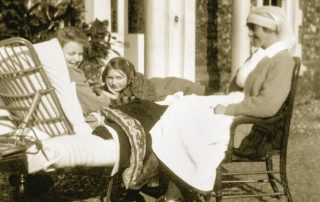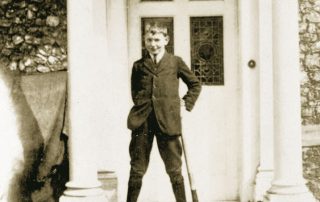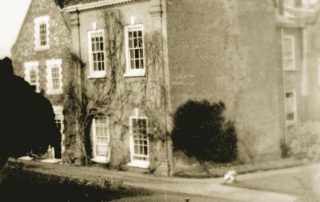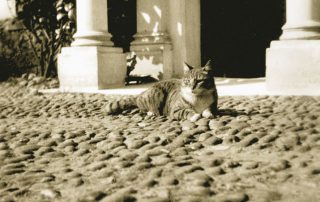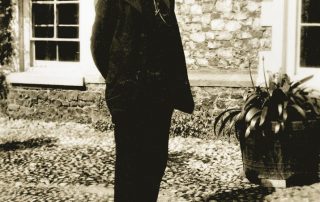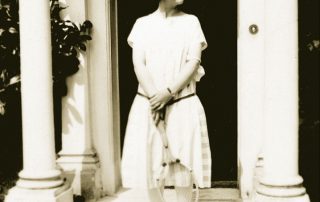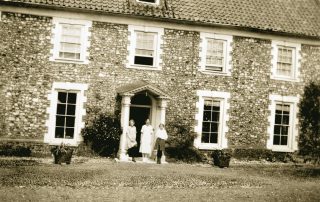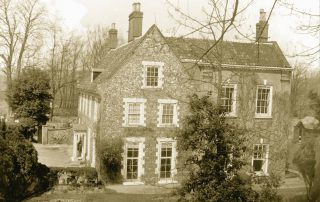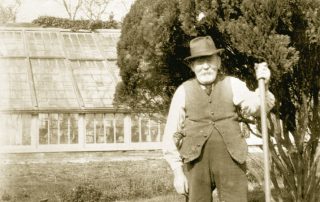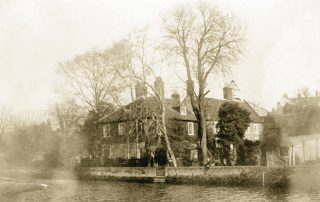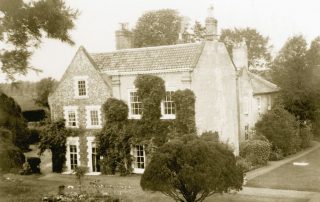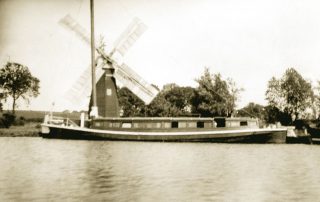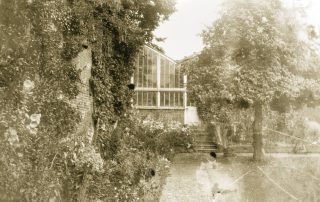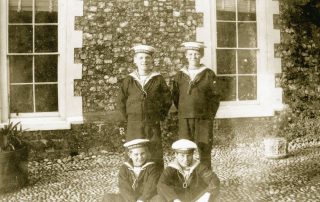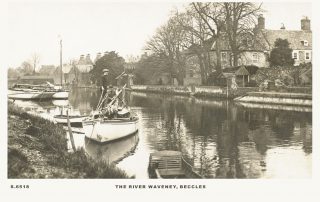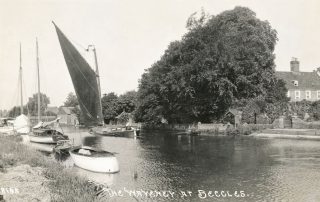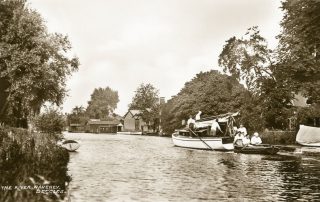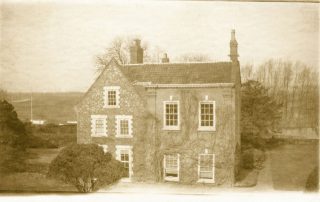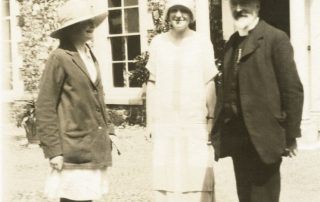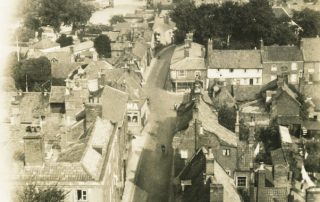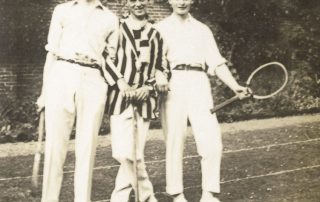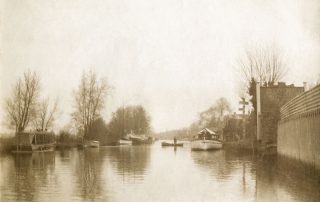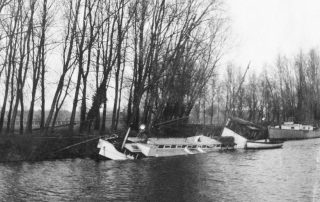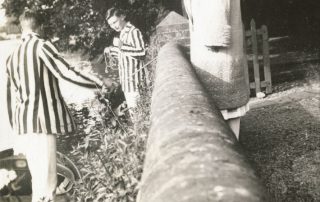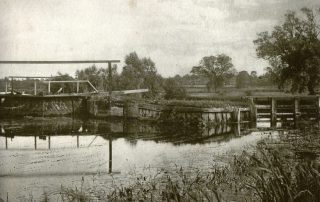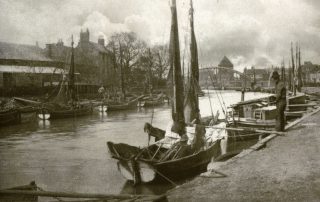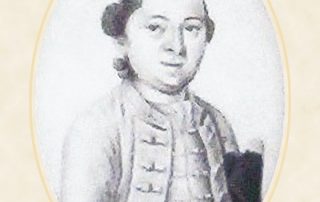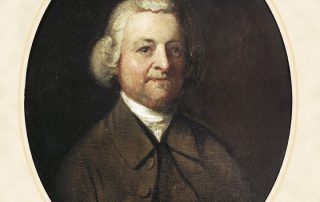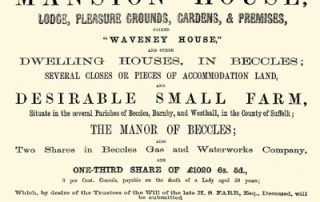HOTEL HISTORY
16th Century
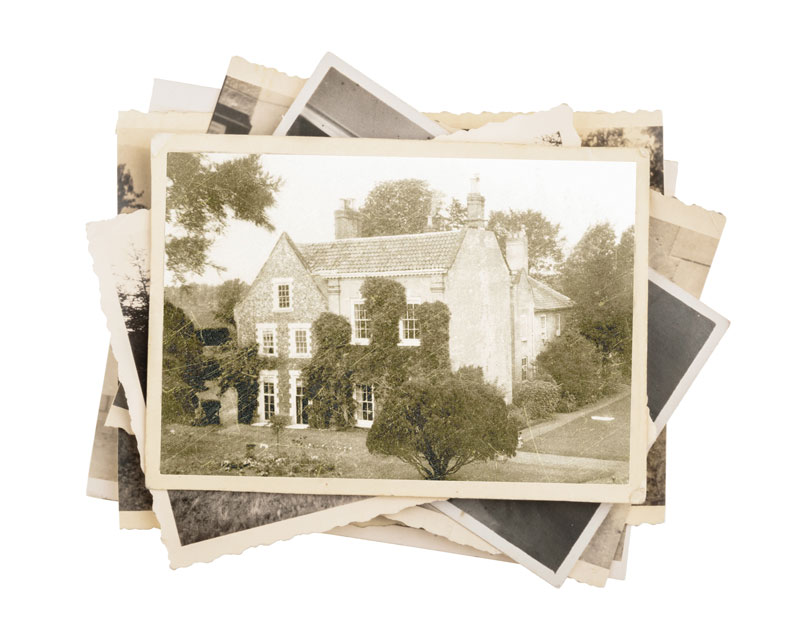 Waveney House was the only large house in the street until the late 19th century and has been owned by some of the most prominent people of Beccles, north Suffolk.
Waveney House was the only large house in the street until the late 19th century and has been owned by some of the most prominent people of Beccles, north Suffolk.
In the mid 16th century it was owned by William Rede I, the first of three generations of that name. He owned a lot of property in the town, but this is likely to have been where he lived, for he was a merchant, and there was a large staithe for loading and unloading goods beside the house. He was by far the richest person in Beccles and amongst the commoners of Suffolk, he was second only in wealth to the Springs of Lavenham. His family were in open hostility to the people of Beccles for 50 years, about of course – money.
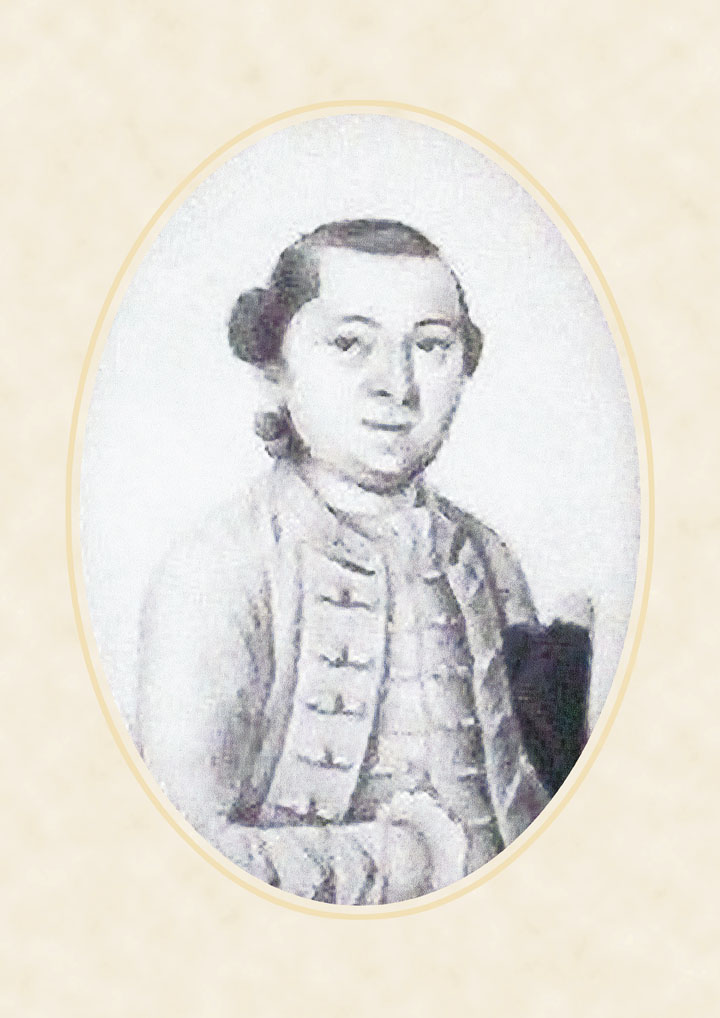 John Leman was the next owner of the house. He carried on a tanning business here and in Gillingham with such success that one of his sons, Sir John Leman, was able to become a member of one of the great London Guilds, the Fishmonger’s Guild and finally Lord Mayor of London. Sir John made his wealth by trade, and had agents in London and Essex buying cheese and butter for delivery by sea to London. He and a few others appear to have cornered the market which enabled them to sell at an inflated price, so much that there were butter riots in London at the end of the 16th Century.
John Leman was the next owner of the house. He carried on a tanning business here and in Gillingham with such success that one of his sons, Sir John Leman, was able to become a member of one of the great London Guilds, the Fishmonger’s Guild and finally Lord Mayor of London. Sir John made his wealth by trade, and had agents in London and Essex buying cheese and butter for delivery by sea to London. He and a few others appear to have cornered the market which enabled them to sell at an inflated price, so much that there were butter riots in London at the end of the 16th Century.
His brother William Leman continued his father’s trade of tanning, as did his son John between them they were portreeves of Beccles at least four times.
HOTEL HISTORY
17th Century
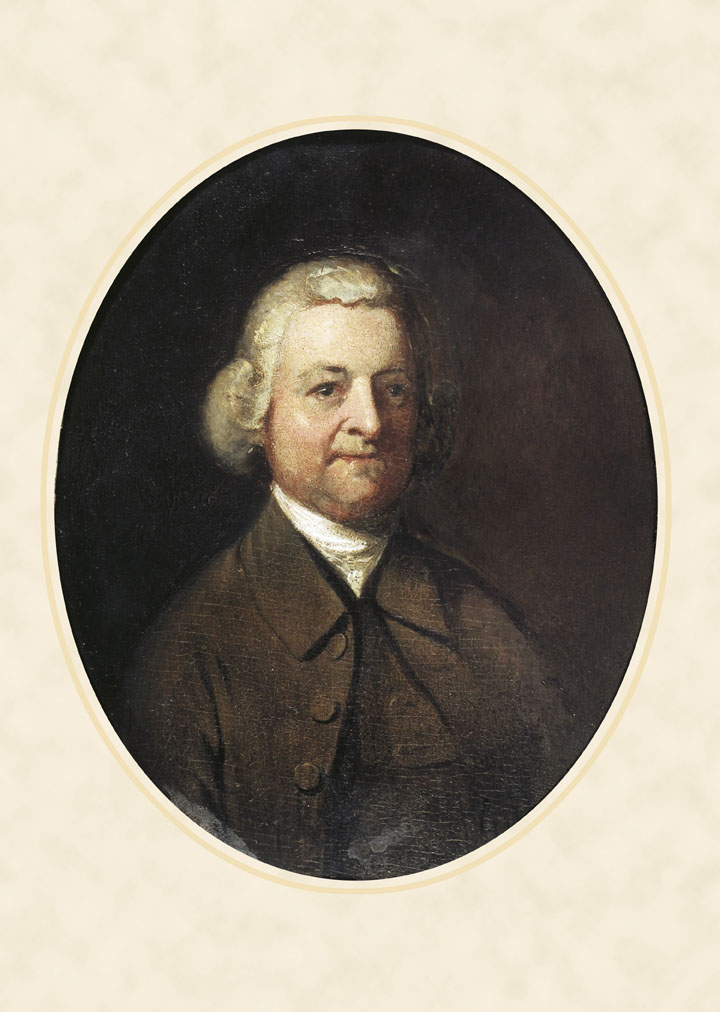 The Leman family moved away to the Manor of Charlesfield and John Morse owned the house in the 1640’s. He was a draper and provided four new church bell ropes in the 1650’s.
The Leman family moved away to the Manor of Charlesfield and John Morse owned the house in the 1640’s. He was a draper and provided four new church bell ropes in the 1650’s.
He also paid for ropes to raise Beccles’ Market Cross (where the Town Hall now stands) when it was being restored, and for making clothes for the poor out of Kersey, a coarse kind of ribbed woollen material. He was Portreeve of Beccles and a member of the Feoffees. He was a foundation member of the Independent church when it was set up in 1652. He disappeared from the records after the Restoration, so perhaps he was too fervent a member of the Puritan movement to find life comfortable after 1660.
HOTEL HISTORY
18th Century
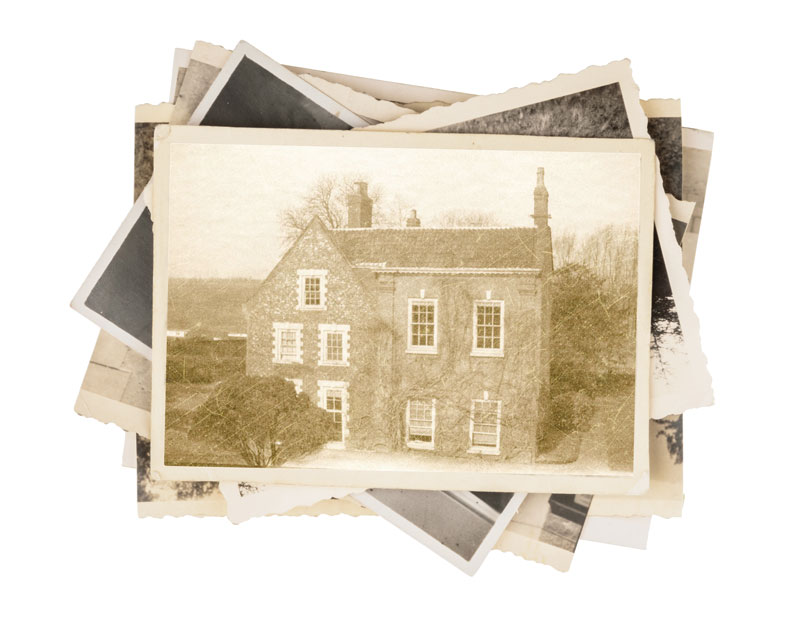 There was already a brewery next to Waveney House at the beginning of the 18th century. We learn this from a deed which shows that problems of debt in the 18th century were not very difficult to those of today. John Stockwood, brewer, who owned Waveney House, had lent Jonathan Jordan of the White Hart Inn (where Clatworthy’s was – No 2 Hungate) £70 to settle a debt on condition that Jordan would buy all his beer from him.
There was already a brewery next to Waveney House at the beginning of the 18th century. We learn this from a deed which shows that problems of debt in the 18th century were not very difficult to those of today. John Stockwood, brewer, who owned Waveney House, had lent Jonathan Jordan of the White Hart Inn (where Clatworthy’s was – No 2 Hungate) £70 to settle a debt on condition that Jordan would buy all his beer from him.
But all was not well. John Stockwood had given Jonathan “beer indifferent and bad” and his trade fell off, so he decided that in future he would buy John Crisp’s beer. He paid off his debt to Stockwood by making a lease of some pubs and other buildings to John Crisp. These had belonged to his wife Margaret. This was her third marriage, and the pubs were inherited from her first husband. However on marriage all property came into the possession of the husband – married women could not own property. Here the hapless wife saw her seven or eight properties, including the Black Boy in Blyburgate being lost through debt and mismanagement.
John Stockwood died at the age of 42. The average expectation of life was 37, so he did not die young. It is surprising to learn that in the beginning of the 18th century more than half the population in the country was under 21 years of age.
Margaret Stockwood, when widowed, married Robert Le Grys, a surgeon and they continued living in Beccles, in Waveney House. As a surgeon he was called upon to publicise, with other doctors, the appearance, spread and disappearance of smallpox in the town. In 1728 and again ten years later he is listed in Norwich papers saying that Beccles was free of smallpox, but in 1756 he stated that 13 houses had smallpox within them, and seven years later there was another outbreak of smallpox and 6 houses were affected.
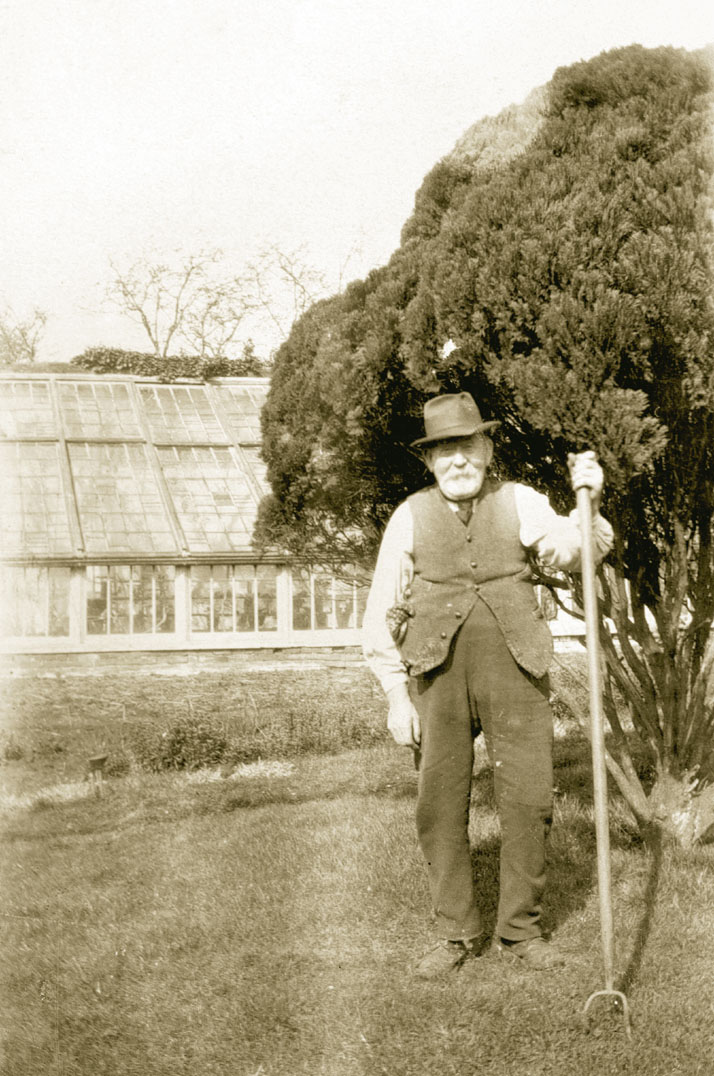 He was a Member of the Corporation of Beccles Fen, and Portreeve also a member of Feoffees and the Collector for one year, besides being a Magistrate. He was a Captain in Militia. By his two marriages he succeeded to a considerable amount of property and also bought more himself, besides eight properties in Beccles he also owned estates at Worlingham, North Cove, Ellough, Oulton Broad, Bungay, Homersfield, Alburgh and Denton.
He was a Member of the Corporation of Beccles Fen, and Portreeve also a member of Feoffees and the Collector for one year, besides being a Magistrate. He was a Captain in Militia. By his two marriages he succeeded to a considerable amount of property and also bought more himself, besides eight properties in Beccles he also owned estates at Worlingham, North Cove, Ellough, Oulton Broad, Bungay, Homersfield, Alburgh and Denton.
Six months after Le Gry’s death his widow married the widower next door, who lived in St Peter’s House, William Crowfoot, who was a tanner and the organist of St Michael’s. They also carried on living in Waveney House, selling St Peter’s House to another doctor, William Chambers. At this stage William Crowfoot appears to have changed his trade from tanner to brewer, because there was a brewery in the garden.


